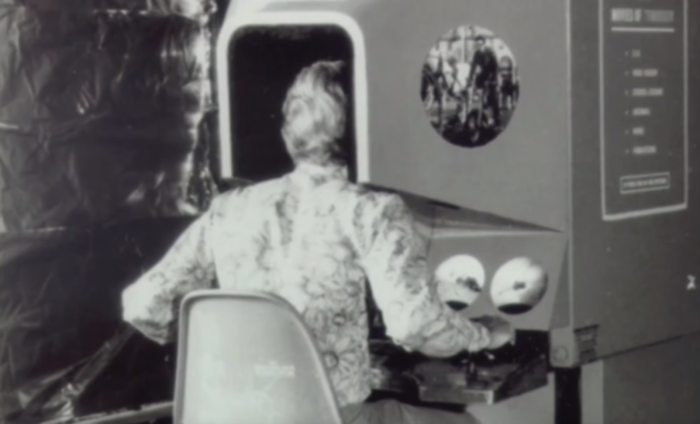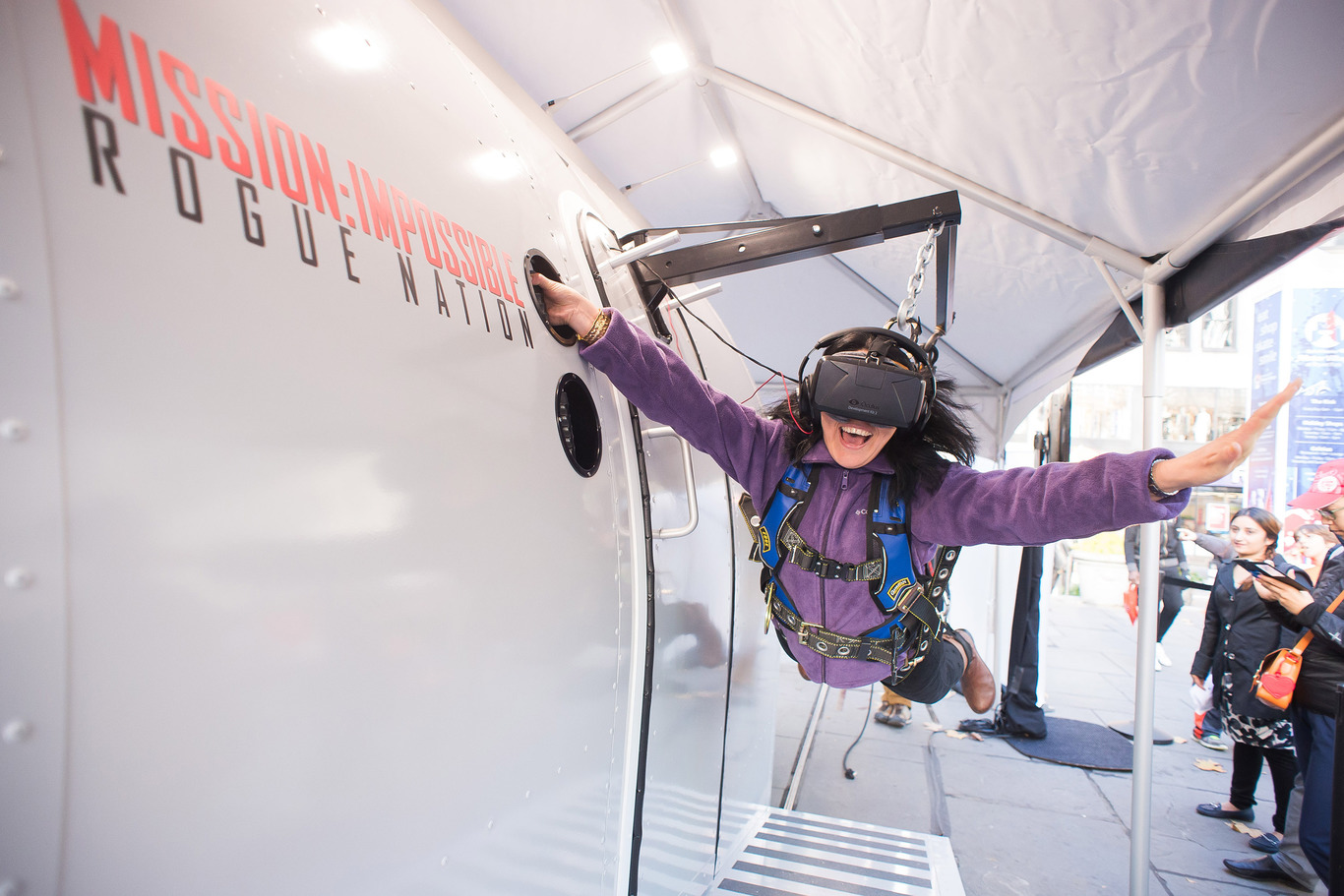Two reasons why virtual reality is about to take off: Gaming and porn
UK expert James Dearsley tells us what industries will gain the most from VR.
ALTHOUGH VIRTUAL REALITY technology has been around for over half a century, it has taken some time for any device to be rolled out to the consumer market en masse.
The clunky Sensorama from the 1960s is seen as the first real virtual reality (VR) prototype and now after a 50-odd year lead-in, the technology is poised to take off.
More than $3.5 billion (€3.1 billion in today’s money) in venture capital investments has been pumped into VR and augmented reality (AR) companies in the past two years with $1.1 billion invested in the first three months of this year alone.
The hype around the sector has led Goldman Sachs to claim that the industry will be worth $80 billion (€70.7 billion) by 2025.
James Dearsley, the founder of UK-based consultancy firm the Digital Marketing Bureau, has been looking at the ways VR and AR could revolutionise the different sectors for many years.
He said there are two major industries that will help to drive VR growth in the coming years.
“Throughout history you can chart an innovation and when it succeeded by the fact it had a symbiotic relationship with something else,” he said.
“VR has gaming and, to be brutally honest, porn. Its symbiosis with those two sectors will drive the investment in the industry. It’s a bit similar to how the internet grew.”
 The Sensorama that was invented by Morton Heilig
The Sensorama that was invented by Morton Heilig
Healthcare and VR
Dearsley, who will be speaking at the upcoming ARVR Innovate conference in Dublin at the end of the month, said that while the two industries will be the main drivers of consumer interaction with VR tech, other sectors such as healthcare stand to benefit as well.
“In terms of phobias, people who are afraid of flying can be put into a VR environment that takes them away from the thought that they are on a plane,” he said.
“There’s also the more practical applications of training and simulating surgery for doctors who need practice.
“At the minute they are working on cadavers. Now they can work in simulated real-life environments where their actions have consequences, but they are not operating on a live person.”
Inefficient estate agents
In its report on the future of VR, Goldman Sachs also cited property as a sector that could significantly benefit from the spread of the technology.
It stated the real estate aspect of virtual reality could be worth up to $2.6 billion (€2.3 billion) in less than 10 years. Recently, agents Sherry FitzGerald announced they were launching Europe’s first VR platform for viewing houses.
Dearsley said VR and AR have the potential to make a real estate agent’s job less time-consuming.
“Real estate is fundamentally inefficient in the sense that if we want to go and buy a property, we will be looking at anywhere between 12 and 15 properties,” he said.
“Looking at the AR and VR world, it will probably break down not only the geographical inefficiencies of real estate, but also the time inefficiencies.
“Suddenly the buyer is being put in control and what will now happen is they will say, ‘I didn’t like these 10 houses I viewed, but I like these two. Can we go and see those?’ So the number of viewings will dramatically fall.”
The third international ARVR Innovate Conference and Expo takes place in Dublin on 28 April.





